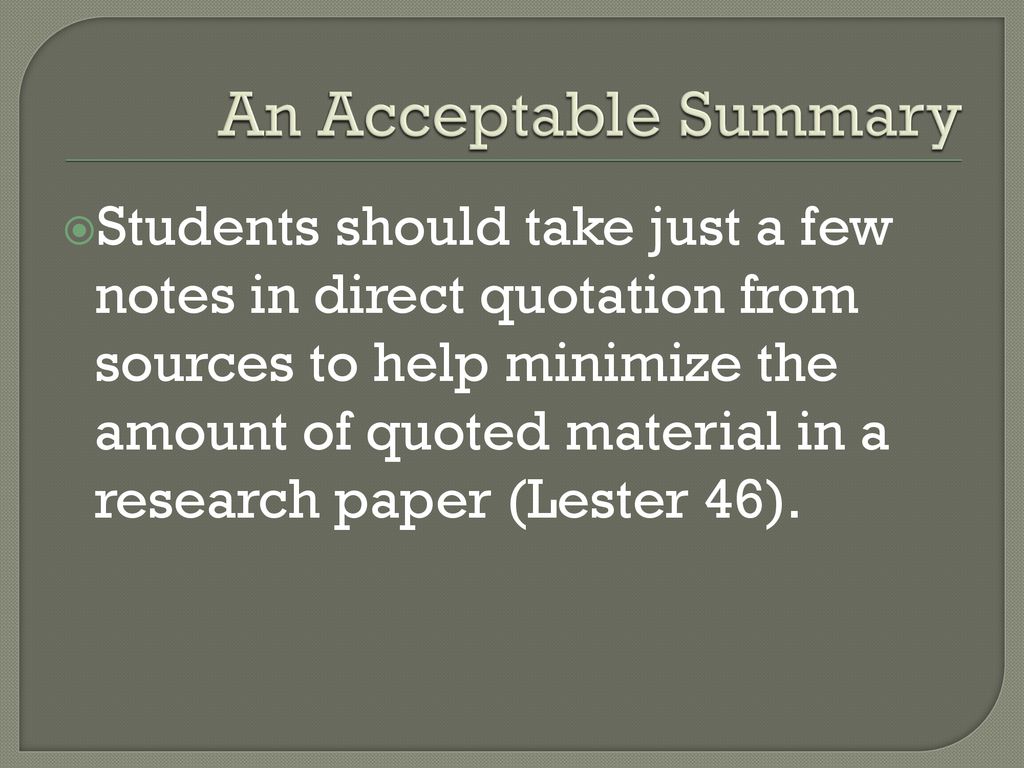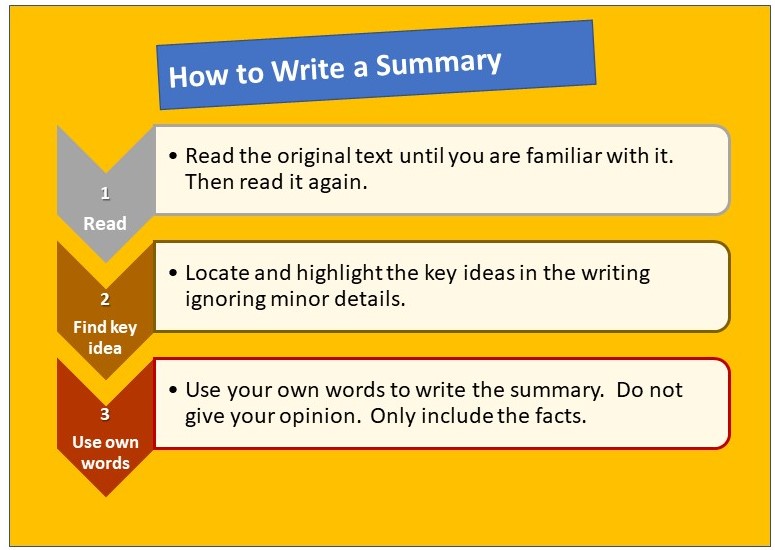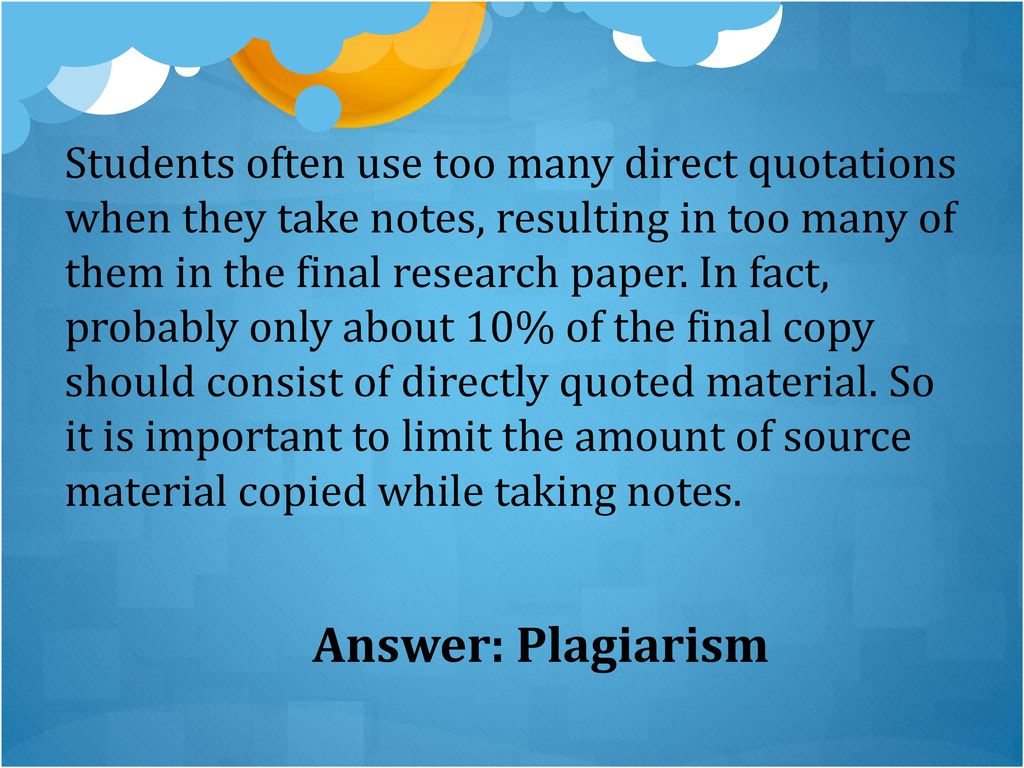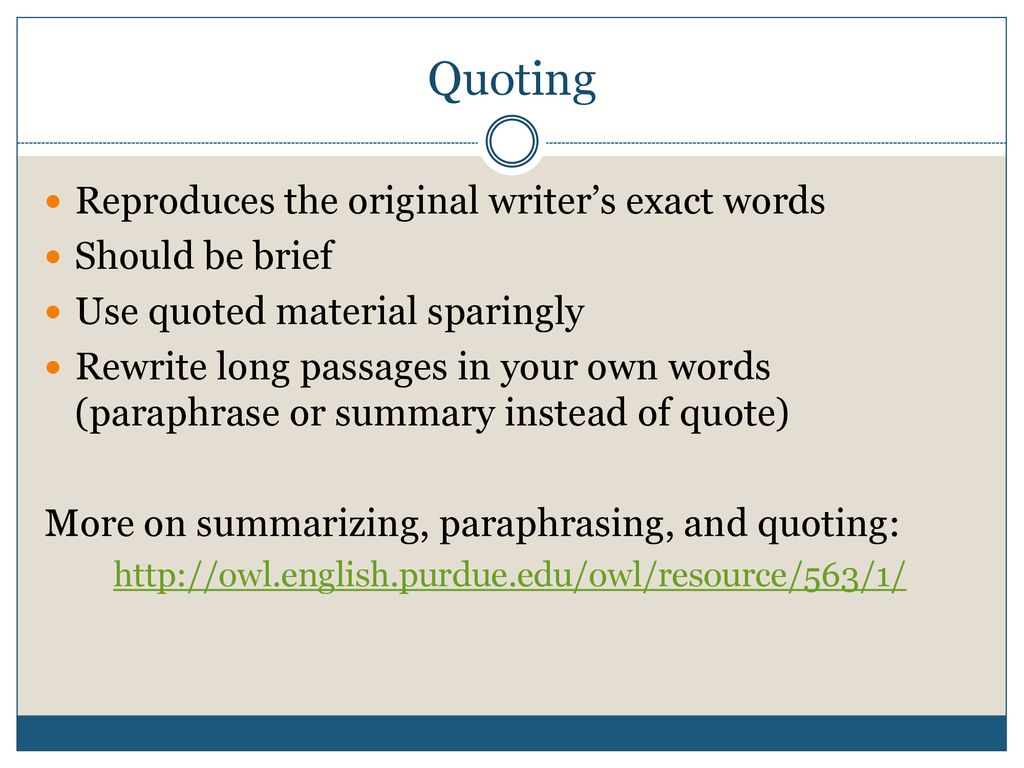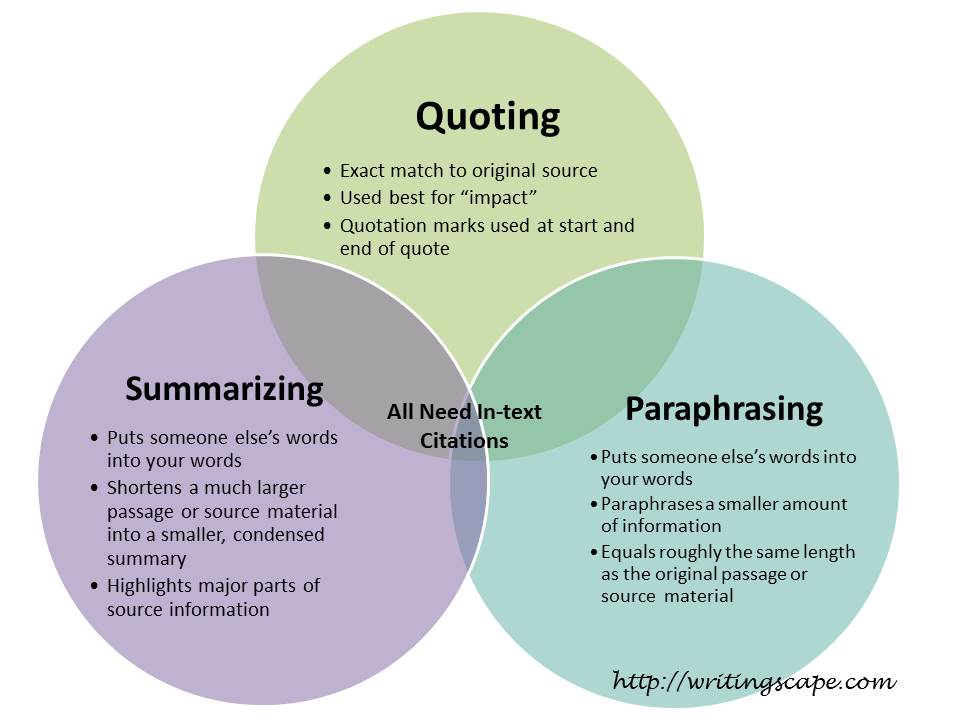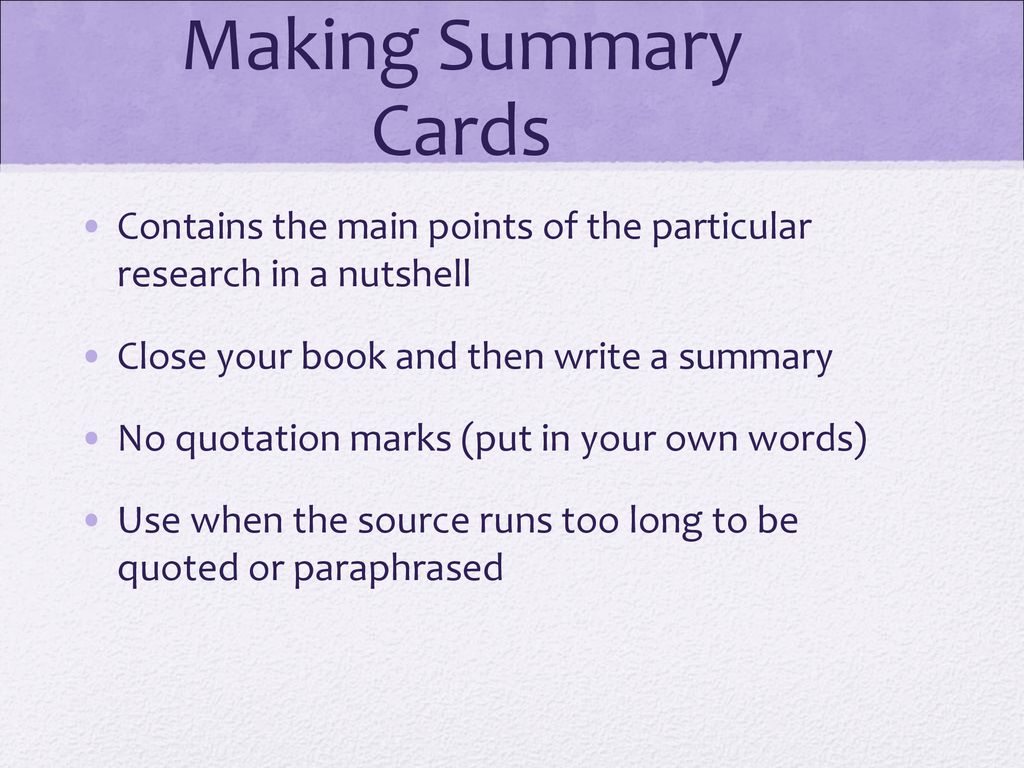A Summary Can Contain Directly Quoted Material

The aroma of freshly brewed coffee mingles with the excited chatter of students huddled around tables, sunlight streaming through the large windows of the campus library. Laptops glow, open books overflow with colorful sticky notes, and the air buzzes with a unique kind of nervous energy. Final exams are just around the corner, and amidst the scramble, a quieter revolution is taking place: students are discovering the surprising power and joy of summarizing.
At its core, summarizing is often perceived as a necessary evil, a skill to be deployed reluctantly when faced with hefty textbooks or lengthy articles. But a growing number of educators and students are championing it as a dynamic, engaging tool for deep learning and intellectual exploration.
This article delves into the often-underestimated art of summarizing, exploring its benefits, techniques, and the transformative impact it can have on academic success and beyond.
The Power of Distillation: Why Summarizing Matters
Summarizing isn't just about condensing information; it's about active engagement with the source material. It forces you to identify the core ideas, understand the relationships between them, and articulate them in your own words. "When you summarize effectively, you're not just passively absorbing information, you're actively constructing knowledge," explains Dr. Anya Sharma, a professor of cognitive psychology at State University.
This active construction is key to retention. Studies show that students who regularly summarize material retain information significantly better than those who simply reread or highlight. The act of paraphrasing and synthesizing strengthens neural pathways, making it easier to recall information later.
Beyond memory, summarizing hones critical thinking skills. Students must evaluate the importance of different elements, discern between main ideas and supporting details, and make informed decisions about what to include and exclude. This process cultivates analytical abilities that are valuable in all aspects of life.
A Historical Perspective: From Ancient Rhetoric to Modern Academia
The art of summarizing has a long and rich history, dating back to ancient Greek and Roman rhetoric. Thinkers like Aristotle and Cicero emphasized the importance of concise and persuasive communication, which required the ability to distill complex arguments into their essential points.
In medieval times, summarizing was a crucial skill for scholars studying religious texts and philosophical treatises. Monks and scribes meticulously summarized scriptures and commentaries, preserving knowledge and making it accessible to a wider audience. The art of abbreviation and annotation became highly developed, reflecting the importance of efficient information management in a pre-digital age.
The development of printing and the subsequent explosion of information in the Renaissance further amplified the need for effective summarizing techniques. Scholars and scientists began to develop standardized methods for abstracting and indexing knowledge, laying the foundation for modern academic practices.
Techniques and Strategies: Mastering the Art of Conciseness
Summarizing effectively involves a combination of reading comprehension, critical thinking, and writing skills. There's no one-size-fits-all approach, but several techniques can help students hone their abilities.
One popular method is the SQ3R technique: Survey, Question, Read, Recite, Review. First, survey the text to get an overview of its structure and key themes. Then, formulate questions based on the headings and subheadings. Read the text actively, seeking answers to your questions. Recite the main points in your own words, and finally, review your notes and summarize the key concepts.
Another effective strategy is to identify the topic sentences in each paragraph. These sentences often encapsulate the main idea of the paragraph, providing a valuable framework for summarizing the overall argument. Dr. Sharma advises students to, "look for the sentences that answer the question, 'What is this paragraph about?' Those are usually your best starting points."
Furthermore, teaching students to use mind maps and visual organizers to break down complex information into manageable parts can greatly improve their ability to grasp central themes and relationships.
The Digital Age: Summarizing in a World of Information Overload
In today's digital age, the ability to summarize is more critical than ever. We are constantly bombarded with information from a multitude of sources: news articles, social media posts, research papers, and online videos. The sheer volume of information can be overwhelming, making it difficult to separate the signal from the noise.
Summarizing helps us filter out irrelevant information and focus on the key ideas. It allows us to stay informed without being consumed by the constant stream of data. This skill is not only valuable in academic settings but also essential for navigating the complexities of modern life.
Moreover, technology can be a valuable tool for summarizing. There are numerous apps and software programs that can assist with tasks such as extracting keywords, generating summaries, and creating mind maps. However, it's important to remember that technology is only a tool; it cannot replace the critical thinking skills required for effective summarizing. A good summary is not simply a collection of keywords; it's a coherent and insightful synthesis of the source material.
Beyond the Classroom: The Broader Applications of Summarizing
The benefits of summarizing extend far beyond the classroom. In the workplace, the ability to concisely communicate information is highly valued. Summarizing skills are essential for writing reports, giving presentations, and participating in meetings.
In personal life, summarizing can help us make better decisions, improve our relationships, and enhance our understanding of the world around us. By actively engaging with information and distilling it into its essential components, we can become more informed, more articulate, and more effective communicators.
For example, summarizing a book or article can help you solidify your understanding of the material and share your insights with others. Summarizing a conversation can help you clarify misunderstandings and build stronger relationships. Even summarizing your own thoughts and feelings can be a powerful tool for self-reflection and personal growth.
A Call to Action: Embracing the Art of Summarizing
Summarizing, often overlooked as a simple task, is in reality a potent instrument for enhancing comprehension, critical thinking, and effective communication. As the world continues to grapple with an ever-expanding ocean of information, the skill of distilling the essence from complexity becomes increasingly invaluable.
Whether you are a student, a professional, or simply a curious individual, take the time to cultivate your summarizing skills. Experiment with different techniques, practice regularly, and embrace the challenge of conveying complex ideas in a concise and meaningful way.
By embracing the art of summarizing, we empower ourselves to navigate the complexities of the modern world, become more effective communicators, and unlock our full intellectual potential. The journey to deeper understanding begins with the simple act of distilling information into its most essential form. Let's make summarizing a skill we not only teach but cherish, for its power extends far beyond the page and into the fabric of our lives.
..jpg)




